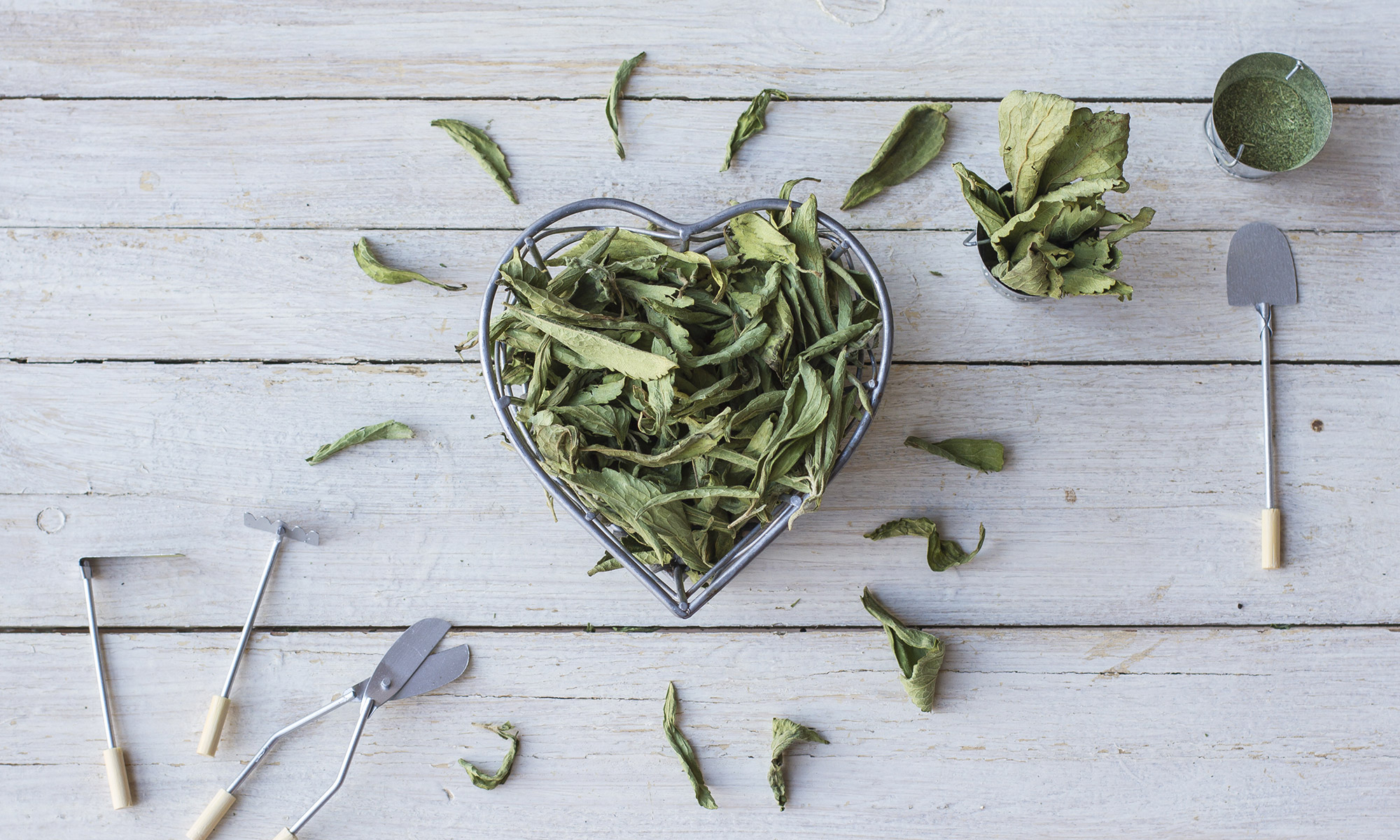Info Stevia:
From the plant Stevia rebaudiana is obtained by extracting a natural sweetener named steviol glycoside. This has several glycosides, but the main components are 8. These are the Stevioside, Rebaudioside A, B, C, F, Steviolbiosid, Dulcosid A and the Rubusosid. For the similar sweetness of sugar and the best sensory properties is the Rebaudiosid A responsible. It is in the purest concentration of about 350 to 400 times sweeter than sucrose in a solution of 0.4%, having the slightest taste or aftertaste. Then is the stevioside that is in the purest concentration approximately 250 to 300 times sweeter than sucrose in a solution of 0.4%.
In the Steviol glycoside, the desired glycoside, for example the Rebaudiosid A, can be isolated by extraction in several operations. Here, the origin of the glycoside cleavage in the plant plays an important role for the production processes. The Industries use often mixtures of stevioside and rebaudioside A to generate different flavors of sweeteness.
The quality of this product will be determined on a dry basis, which in Europe must be >95%. All sweeteners derived from Stevia have different molecular weights and are converted in steviol by the bacteria in the colon. For this reason, initially the JECFA limited an AID of 0-4 mg steviol / kg body weight as harmless. This implies an intake of approximately 10 mg of stevioside or about 12 mg of rebaudioside A / kg body weight.
History:
Stevia rebaudiana Bertoni is an herbaceous plant, native to the northeastern areas of Paraguay and is located in the adjacent mountain areas of Brazil. The Guarani and Mato-Grosso Indians use Stevia for centuries as a sweetener for tea, soft drinks, food, medicinal purposes, and so on. In 1887 a south american scientist discovered this plant and assigned it, after the researches in 1905, the wonderful name. It is estimated that there are about 200 different species of Stevia plants. But only the Stevia rebaudiana contains the characteristic sweetness. The leaves are about 10 to 30 times sweeter than sugar.
Stevia is currently grown commercially, for example, in Japan, China, Paraguay, Brazil and Spain. In Japan, the natural sugar has conquered already more than 40% of the sweetener market. Since 30 years it is used in cakes, biscuits, dairy products, soft drinks, toothpaste, candy and many other products and was declared as Harmless.
In the EU Stevia was the first plant placed under the Novel Food Regulation.
On 26 August 2009, France issued a preliminary approval for two years by decree. This was followed by Switzerland. The admission for the whole of Europe took place in late November 2011.

